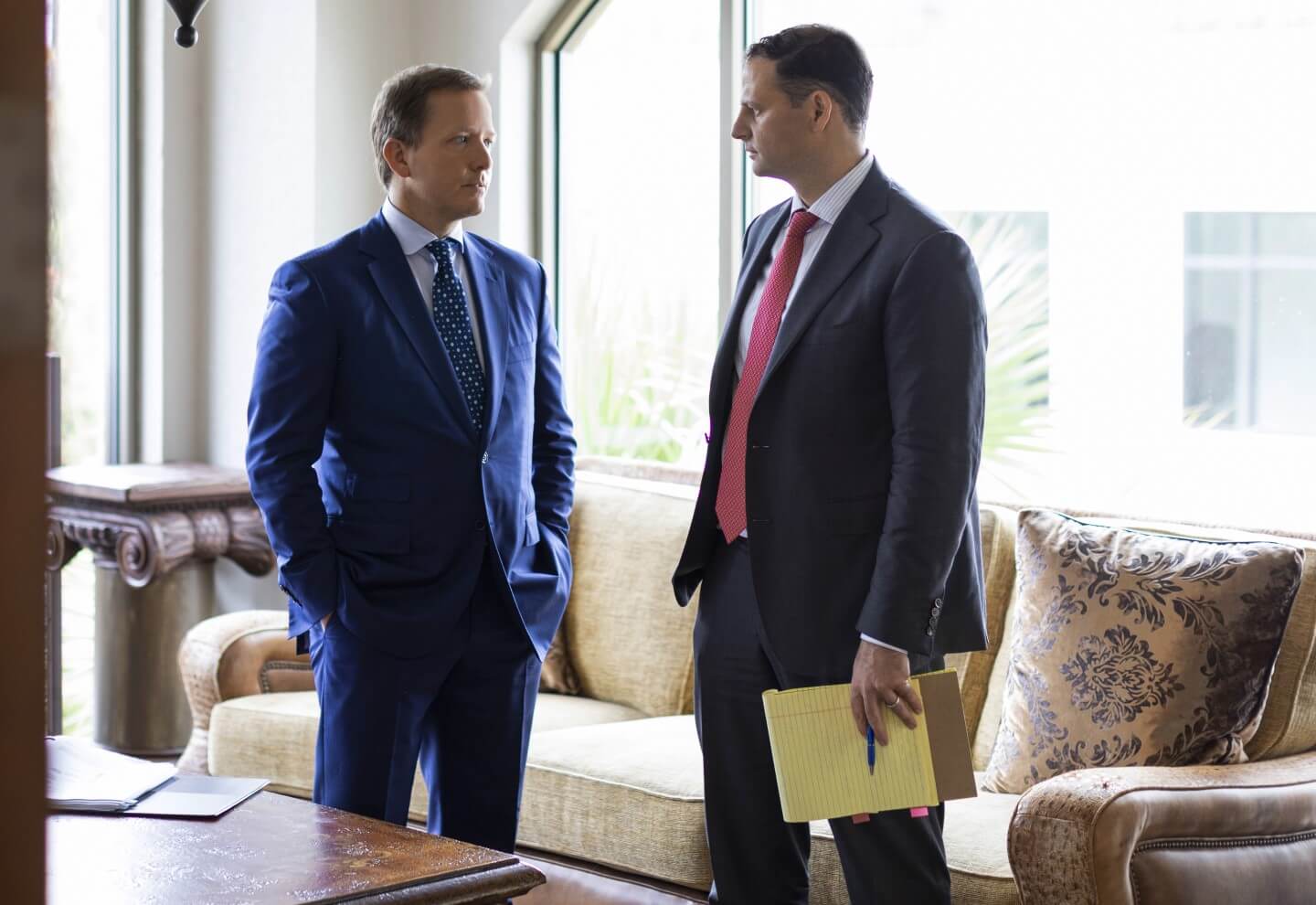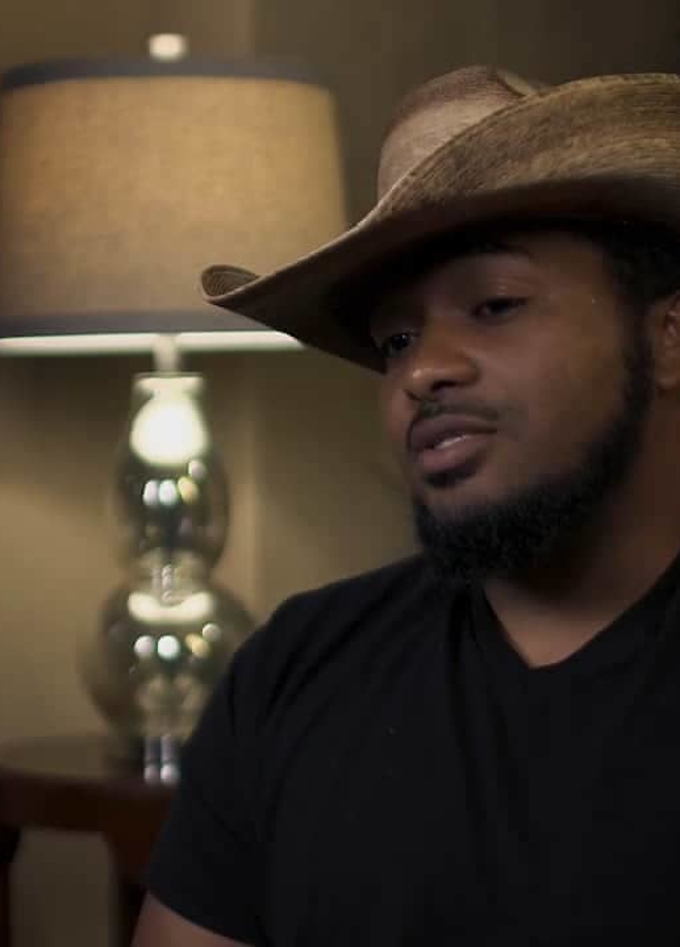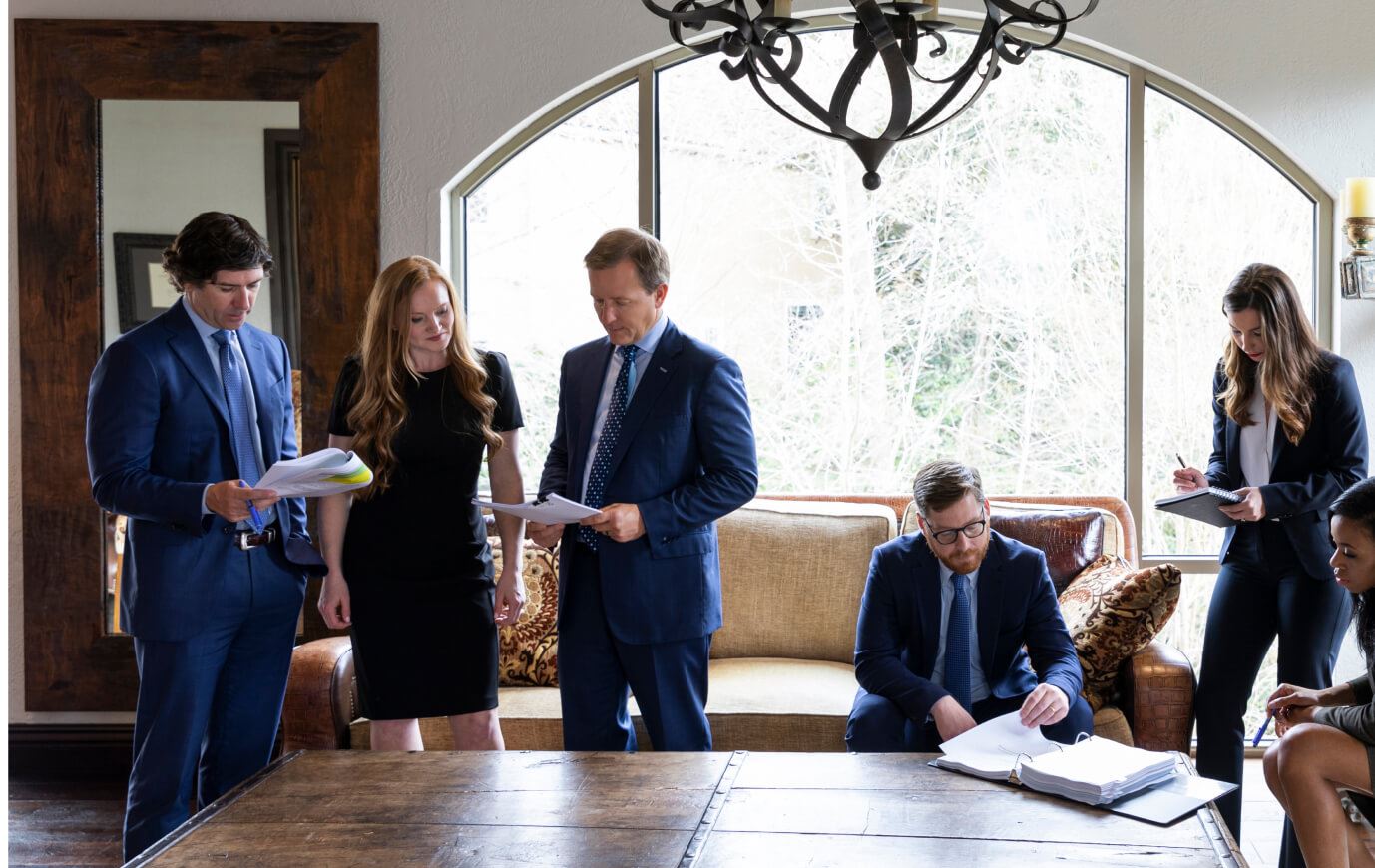Top-Rated Texas Railroad Accident Attorneys
Industrial shipping is built upon the nation’s railroad network, but when companies prioritize profits over safety or maintenance, people get hurt. Our job is to make sure those people have everything they need to get back on their feet while forcing the companies at fault to change their behavior. We live for a challenge because it represents a chance to make our clients’ lives better. That’s why we never stop fighting.
Arnold & Itkin has been at the forefront of investigating train accidents and other disasters for over two decades. We’ve secured over $20 billion for victims of life-altering catastrophes nationwide, addressing their medical treatment and ongoing care, replacing lost wages, and helping them face the future with confidence.
Our Texas railroad accident law firm handles cases involving:
- Hazardous material exposure
- Train derailments
- Conductor negligence
- Railroad crossing accidents
- Railroad worker injuries
- Fatal train accidents
Train accident survivors face the worst circumstances of their lives. It is our firm’s duty to not only provide aggressive representation but to ensure our clients get the best care and largest recoveries possible. The stakes are high: the money we win for our clients is often all they’ll have to live on for the rest of their lives.
Our Houston train accident attorneys don’t stop until we’ve reached the best possible result for our clients. No matter what.
Unmatched Success in Train Accident Cases
Our Houston, TX firm represented a woman who was struck by a Union Pacific train. After losing her friends during a night out, she was resting near some railroad tracks. Minutes later, a train approached. The operators of the train saw her unmoving body on the tracks but made no attempt to stop the train. Our client lost her leg and multiple fingers and suffered severe brain damage as a result of the incident.
Our Texas railroad accident lawyers worked tirelessly to build a case that proved the train operators could have avoided striking our client if they had taken proper action.
The jury awarded our client $557 million, a level of compensation that will provide for her lifelong care.
Arnold & Itkin's other notable train accident achievements include:
- $25 million settlement for the widow of a railroad worker
- $6 million settlement after a fatal train accident
- $4.77 million settlement for an injured railroad worker
- $3.9 million settlement for an injured railroad construction worker
- $2.55 million settlement for a man nearly hit by a runaway ballast regulator
- $1.25 million settlement for an injured railroad worker
- $1 million settlement for a worker injured at a railroad crossing
View all of our case results here.
Train & Railroad Crossing Accidents in Houston
One empty passenger car, the lightest type of train car, weighs around 80,000 pounds. One diesel locomotive, the type that pulls freight across the country, can weigh as much as 200,000 pounds. Some models weigh 400,000 pounds. At any speed, the sheer force of a locomotive can devastate anything in its path. It is virtually impossible to walk away from a train collision without life-altering or fatal injuries.
Out of all train and railroad incidents, crossing accidents are usually the most devastating, causing catastrophic injuries or death.
In 2022, 827 people were injured—either as drivers, passengers, or pedestrians—in train accidents at railroad crossings. 269 people were killed in crossing accidents. National Highway Traffic Safety Administration (NHTSA) motor vehicle accident statistics paired with Federal Railroad Administration (FRA) statistics reveal that “a motorist is 20 times more likely to die in a crash involving a train than...with another motor vehicle.”
The Causes of Railroad Crossing Accidents
The ability to avoid train accidents is often the driver’s responsibility, as trains cannot change speed or direction in enough time to avoid imminent collisions; however, that doesn’t mean every railroad crossing accident is the driver’s fault. In some cases, the design of the crossing itself is the deciding factor. In this case and many others, it is railroad companies that are at fault for the harm suffered by motorists.
If trains require over a mile to brake, then crossings should give conductors a mile of clearance. More practically, each crossing should have a warning system for drivers well before the train is in sight. Although trains almost always have the right of way, there are times when a crossing may be deemed a unique and local safety hazard, thus requiring the railroad to take additional steps to safeguard motorists.
In deciding whether a crossing is a safety hazard, a jury may consider if:
- Federal regulations would require additional warnings
- Sight distances or visibility are reduced at the crossing
- There are intersections with other roads near the crossing
- There is visual clutter at the crossing
- There had been prior accidents at the crossing
Protected vs. Passive Railroad Crossings
Trains often intersect with roadways. In fact, there are more than 250,000 roadway and railroad crossings across the country, and approximately 96% of all accidents occur at these. Nearly 62,500 of these crossings do not have a light or gates.
Figures from the National Transportation Safety Board state that approximately 60% of all railroad crossing fatalities occur at “unprotected” or passive crossings. Passive crossings are those with no more than a railroad crossing sign. The statistics also state that “protected crossings,” those crossings with warning devices such as lights and gates, represent only 20% of the public railroad crossings in the U.S.
Catastrophic Injuries Linked to Train Accidents
When a 200‑ton locomotive collides with a vehicle or a speeding freight train derails, the human body absorbs forces it was never designed to withstand. Survivors often face catastrophic injuries that require years of treatment and permanent lifestyle changes.
Common outcomes include traumatic brain injuries, spinal cord damage that leads to partial or total paralysis, complex orthopedic fractures, and severe burns from diesel‑fuel fires or chemical releases. Crush injuries and amputations are also frequent when railcars jackknife or heavy cargo shifts during impact. Even passengers or workers seemingly “outside the danger zone” can suffer blast‑wave concussions and deep lacerations from flying debris.
A seasoned Houston train accident lawyer can work with trauma surgeons, life‑care planners, and vocational experts to calculate the full cost of these injuries—hospitalization, future surgeries, adaptive equipment, lost income, and the day‑to‑day assistance many victims will need for the rest of their lives.
By presenting a comprehensive medical and economic picture, we make sure railroad companies and their insurers can’t downplay what our clients have endured.
Types of Compensation Available After a Train Accident
In a railroad case, “compensation” means far more than paying the ambulance bill. Our goal is to secure every dollar necessary for a lifetime of recovery, financial stability, and dignity. Depending on the facts of your accident—whether you were a railroad employee covered by FELA, a motorist at a crossing, or a bystander injured in a derailment—you may be entitled to the following damages:
Past & Future Medical Expenses
This may include hospitalization, surgeries, rehabilitation, prosthetics, prescription medications, and home‑health services.
Loss of Earnings & Diminished Earning Capacity
Wages already missed, plus the income you are likely to lose over the rest of your career.
Life‑Care & Home Modifications
Wheelchair ramps, specialized vehicles, full‑time attendants, and any adaptive equipment required for living with a permanent injury.
Pain, Suffering & Emotional Distress
This may include compensation for chronic pain, PTSD, anxiety, depression, and loss of independence caused by the accident.
Disfigurement & Loss of Enjoyment of Life
Monetary recognition for scarring, amputations, or other injuries that alter appearance, limit favorite activities, or impair function.
Punitive Damages
Aimed at punishing a railroad or third party whose reckless conduct—such as ignoring maintenance schedules or falsifying inspection records—put lives at risk.
Wrongful Death Damages
Funeral expenses, loss of financial support, and compensation for the emotional void left when a loved one is killed in a train or railroad accident.
A seasoned train accident lawyer in Houston from Arnold & Itkin can assemble medical experts, economists, and life‑care planners to prove the full value of your case—then fight relentlessly until the railroad and its insurers pay every cent the law allows.
Proving Fault & Maximizing Compensation
Railroad operators rarely admit wrongdoing. They will blame motorists for “beating the gate,” fault engineers for split‑second decisions, or hide behind federal preemption laws. An experienced Texas railroad accident attorney can counter those tactics with immediate, aggressive investigation.
Our team secures event‑data recorders (the train’s “black box”), downloads locomotive camera footage, and subpoenas maintenance logs before critical evidence can be lost or destroyed. We inspect crossing signal circuitry, measure sight distances, and bring in experts to determine what caused the accident.
For injured railroad employees, we file Federal Employers’ Liability Act (FELA) claims that require only a showing of slight negligence to hold the carrier liable. For motorists, pedestrians, or nearby residents, we pursue traditional negligence or wrongful‑death actions, often uncovering design flaws at passive crossings, outdated brake systems, or engineer fatigue caused by punishing work schedules. We then demand compensation for every category of loss available under Texas law—medical bills, future care, lost earning capacity, pain and suffering, and, when a railroad’s conduct is reckless, punitive damages designed to change corporate behavior.
That relentless approach is why clients across the Gulf Coast turn to Arnold & Itkin when they need a Houston train accident lawyer who won’t back down.
Our Houston Railroad Accident Firm's Strategy for Success
If an accident makes the news, we get the call. People entrust us with the country’s biggest cases because they know we’ve been in these situations before. We fought and won for the crew of the Deepwater Horizon, the victims of Johnson & Johnson’s faulty medication, and the workers who lived through the nation’s biggest plant explosions.
People call our Texas injury attorneys because we are willing to take on any opponent and put in the work it takes to win. We fight because it’s the right thing to do.
You might be facing the worst circumstances of your life right now. We understand because we’ve walked through it with people in similar situations. We helped them get the care they needed, gave them advice about how to move forward, talked them through what to expect, and pulled them back onto their feet. That’s what it means to fight for someone. We’ve secured more than $20 billion for our clients, which is only possible because we take every story personally. No matter what.
If you were injured or lost someone you love, contact our Houston train accident attorneys now for a free consultation.

























